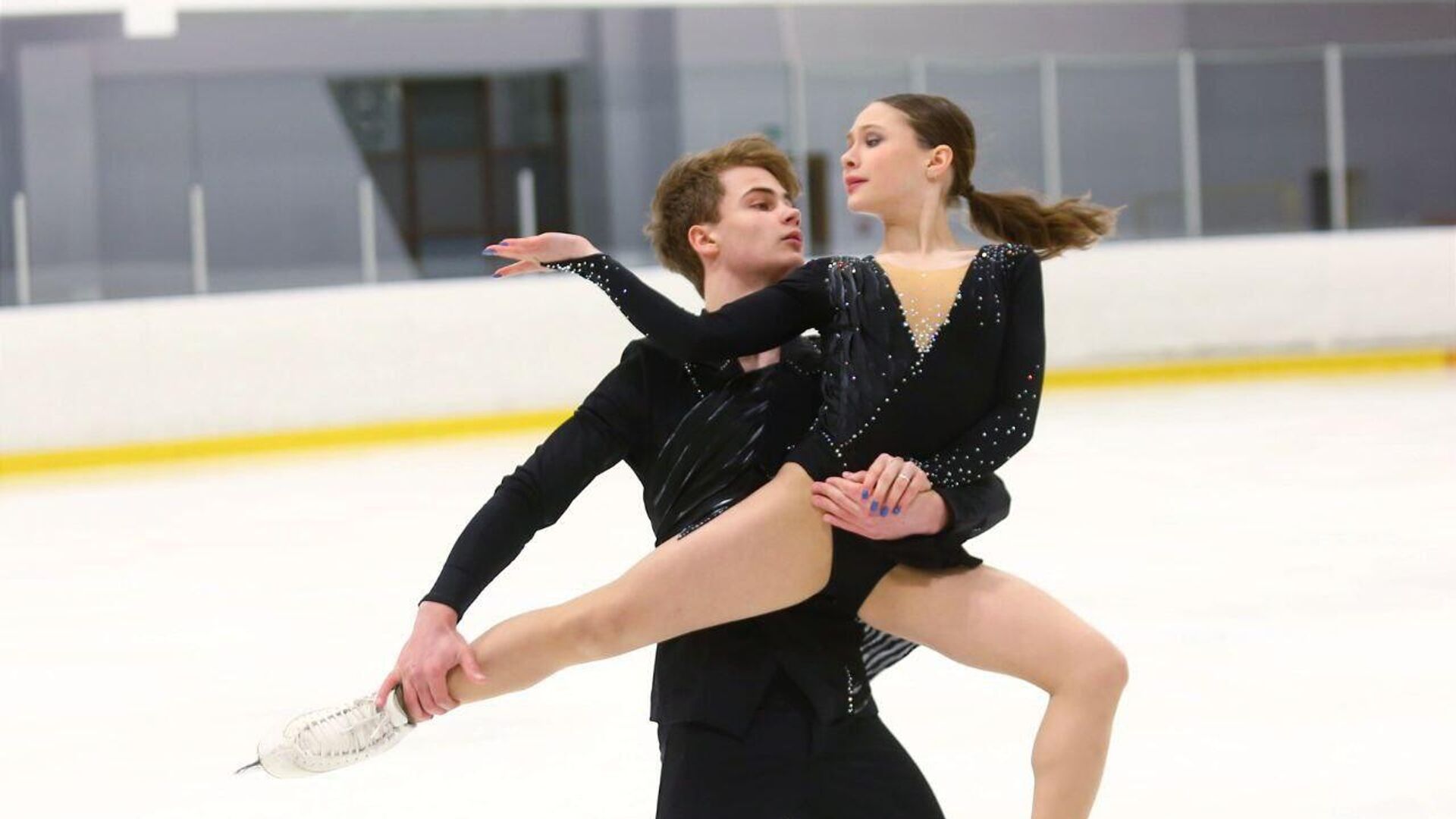
Russian figure skater Maria Simonova fell from a support during the tournament in Moscow and hit her head on the ice. The competition referee did not stop the skate; the athlete and her partner Martin Breslavsky finished the program and only after that went for examination. Sports reminds that this is not the first such incident this season, and also calls on figure federations to take potential head injuries more seriously, following the example of larger sports organizations.
Not long ago, the International Football Federation (FIFA) adopted changes to the rules — if one of the players is suspected of having a concussion, the referee has the right to stop the match to give team doctors up to three minutes to examine the victim. Research on this topic has shown that football players are at increased risk of brain injury. The regulatory body has taken measures to somehow alleviate the situation. Football is a contact game, and collisions happen often. And they also play with their heads and hit the ball with it, which in itself is a microconcussion.
The problem of the health of athletes has become a serious concern in the National Football League (NFL), the main American football tournament in the world. If the usual “soccer” is a contact game, then the American one, in contrast, is something like a mixture of wrestling and a ball game. And in exactly this order — first the fight, and based on the results of it, it becomes possible to touch the ball.
After many years, the NFL suddenly discovered that athletes were suffering serious consequences from concussions after their retirement. Frequent helmet-to-helmet collisions resulted in endless, multiple head injuries. The easiest thing an American football player can face after such injuries is endless migraines. The worst cases are cases where former athletes went crazy. For example, a couple of years ago, former Atlanta Falcons quarterback Phillip Adams, who had suffered several concussions and, as a result, brain pathologies over the years of his career, shot a family of six with a rifle, after which he committed suicide. He was only 32 years old.
Multiple negative incidents involving head injuries among NFL players have resulted in lawsuits. In 2015, a US federal court ordered the league to pay about $1 billion to concussion victims. It was found that the NFL was deliberately downplaying the health risks of head injuries, so the league was forced to change the rules. It currently has what is known as a «concussion protocol.» Any player suspected of having a brain injury must be examined before being allowed to play.
The other major world league, the National Basketball Association (NBA), has slightly fewer problems with concussions. But there is something to learn from them too. There, if a serious injury is suspected, the player is immediately taken to a room under the stands, where the team doctor performs rapid tests and conducts an initial examination.
Next, of course, is decided not only by the doctor, but also by the basketball player himself. He receives information about his state of health to the fullest extent possible at that time, which allows him to more or less rationally assess the risks.
What unites all these leagues, besides the desire to preserve the health of their stars? Well, they are all very «expensive». And also professional.
What about figure skating? Here, young figure skaters can hit their heads on the ice from the support and go — no, not to the doctor — to finish their program. They may fall painfully and after a slight “freeze” return to the ice. It’s as if there is no such word at all – “trauma”. And none of the officials will think of throwing in the white towel.
By the way, boxing! It would seem, where else can they tell us about head injuries if not in the ring? Well, there is one prestigious federation there — the World Boxing Council (WBC). In it, it’s not just injuries, banal cuts that stop fights. The rule applies everywhere: if one of the boxers looks lost in the ring and/or does not offer resistance, the fight must be stopped immediately. Neglect of this rule is literally fatal.
Grown men with millions of dollars in their accounts are trying to monitor their health — or at least their “bosses” do it for them. Should 14-year-old figure skaters go and skate after heavy falls on their heads? Do we still want figure skating to be professional?
And no, this is not a complaint against the coaches, God forbid. What can a mentor standing on the sidelines do? Scream, run out onto the ice? Even in the case of Maria Simonova, neither Sergei Roslyakov nor Betina Popova, the couple’s coaches, had formal grounds to stop the rental. But the referee could have, but didn’t.
Figure skating needs changes to the rules regarding the ability to stop skating if a serious injury is suspected. At least in part of the brain. It’s absurd, but it’s true — according to the existing regulations, the referee may not allow a skater to start a program if his shoelace is untied — they say, there is a risk of injury. There are requirements for suits so that nothing can fly off them onto the ice — again, this is fraught with injury. But sticking your head into the ice from 1.5 meters — well, there’s nothing wrong with that.
This season alone, two such incidents happened in our figure skating — today’s fall of Simonova and the disrupted support of Varvara Medvedeva at the autumn Grand Prix stage in Samara. The situations were almost identical, only Medvedeva’s fall visually looked even more terrible. But the result is approximately the same — no stops, no doctors meeting you at the exit from the ice. Varvara was sent to Kiss&Cry to listen to the evaluations and only after that was taken to be examined.
Fortunately, in both cases there were no serious consequences. But who knows how the next such incident will end? And they will. This, unfortunately, is a fact of the sport. Figure skating, non-contact soccer, American football, which is not like wrestling, and certainly not brutal boxing, but here’s the paradox: it is figure skaters who are almost the least protected from such injuries (in this case, the head). At least the NFL has helmets, and boxing has somewhat shock-absorbing gloves. And figure skaters have ice and a head.
If figure skating still wants to become a little more professional and serious, the health of the athletes will have to be monitored more closely. In any case, the referee should have the authority to stop the skate when he sees another female skater flying headfirst from the support. Otherwise, sooner or later, we – journalists – will be forced to write an obituary instead of appeals.
The author’s opinion may not coincide with the position of the editors























































Свежие комментарии